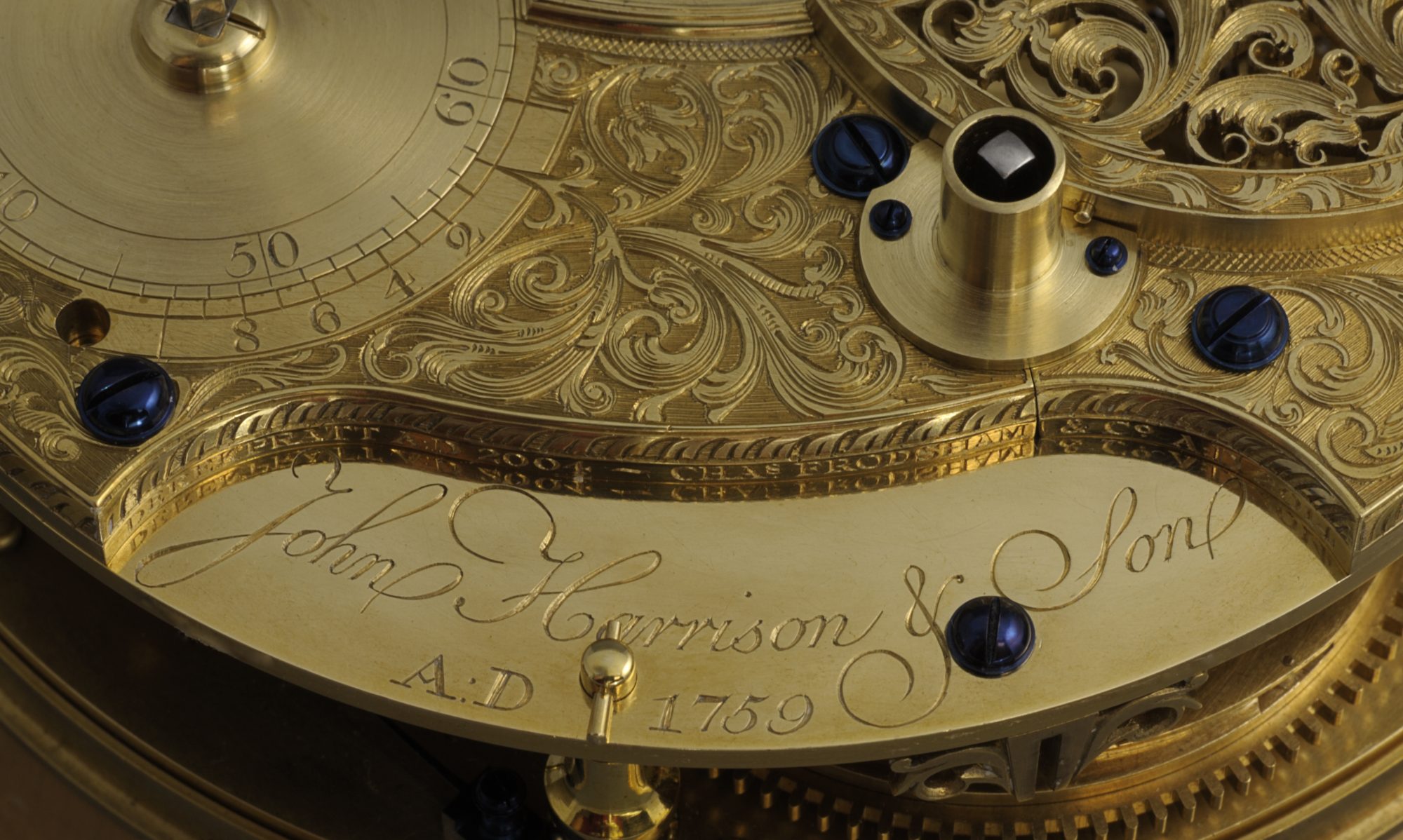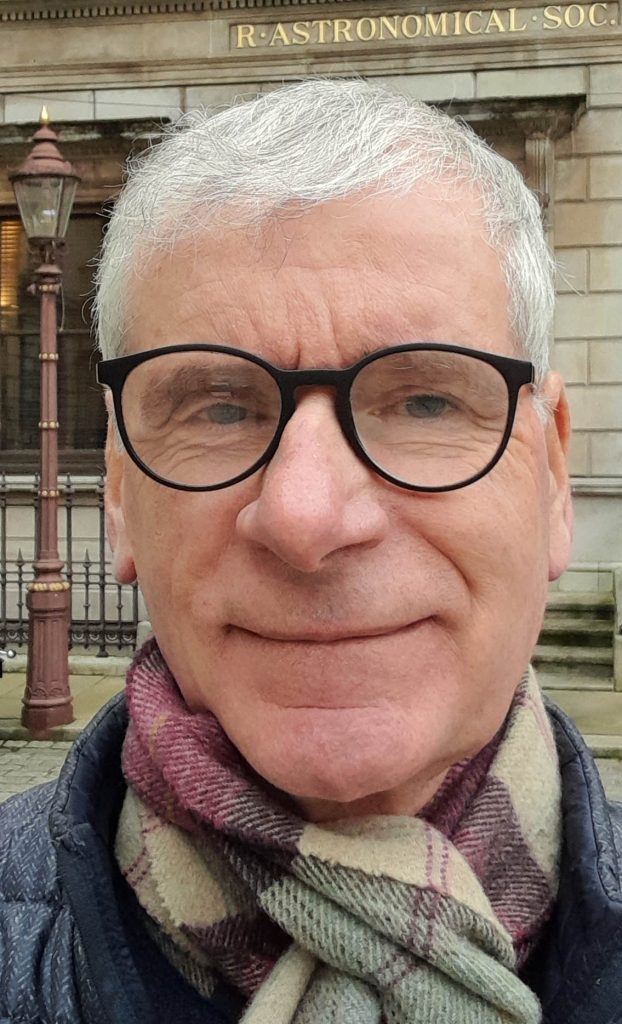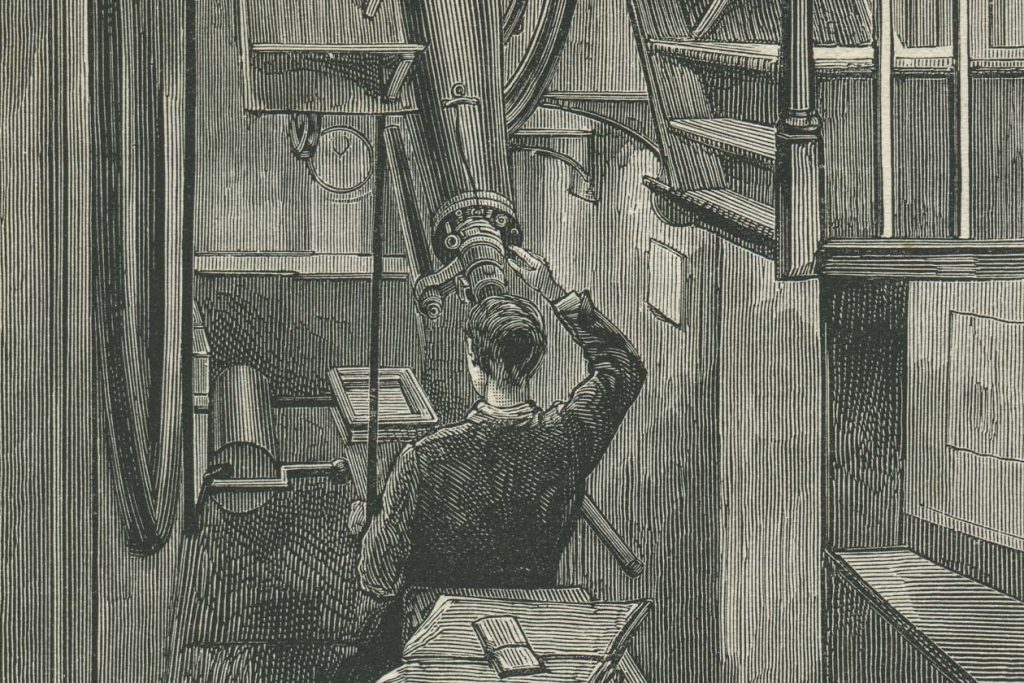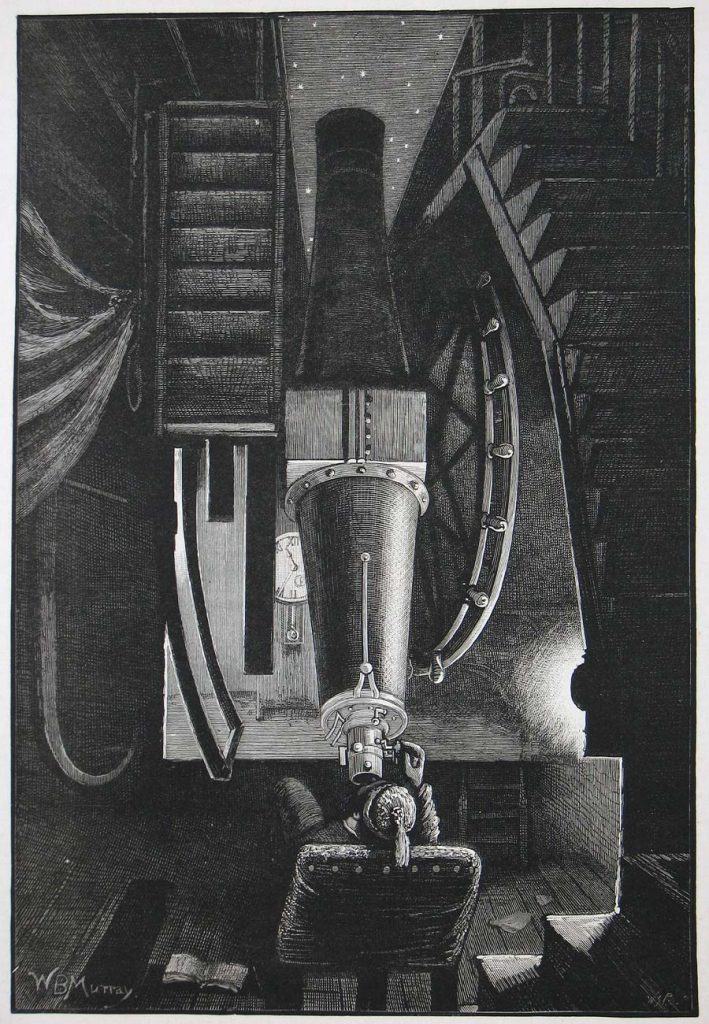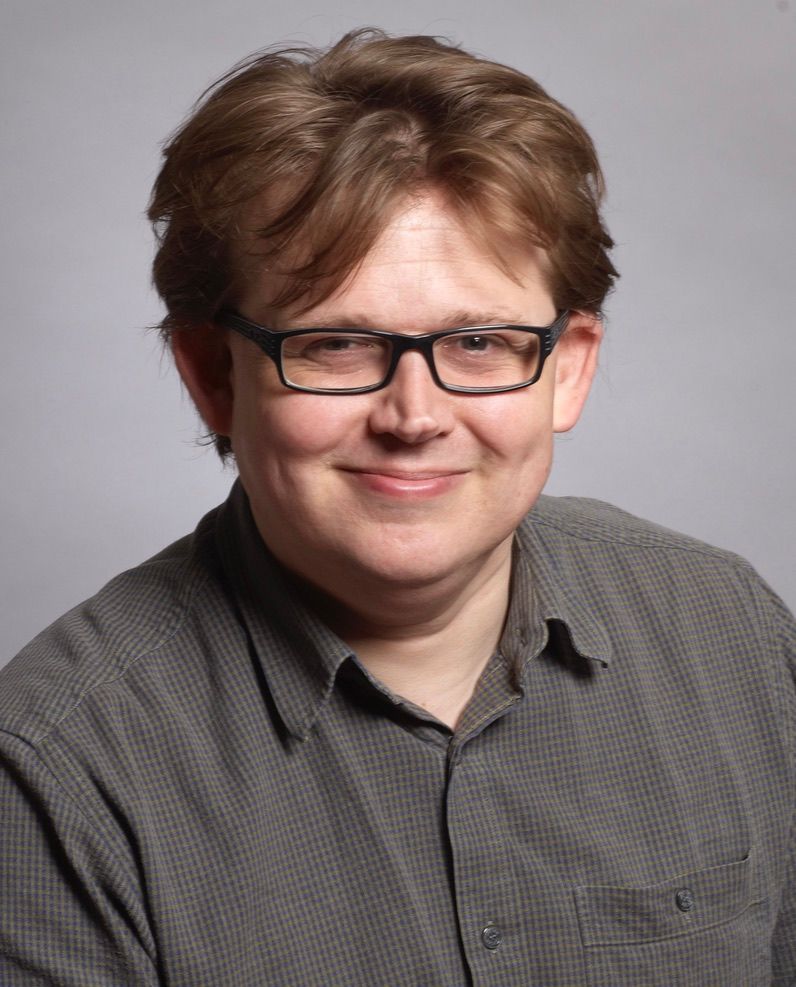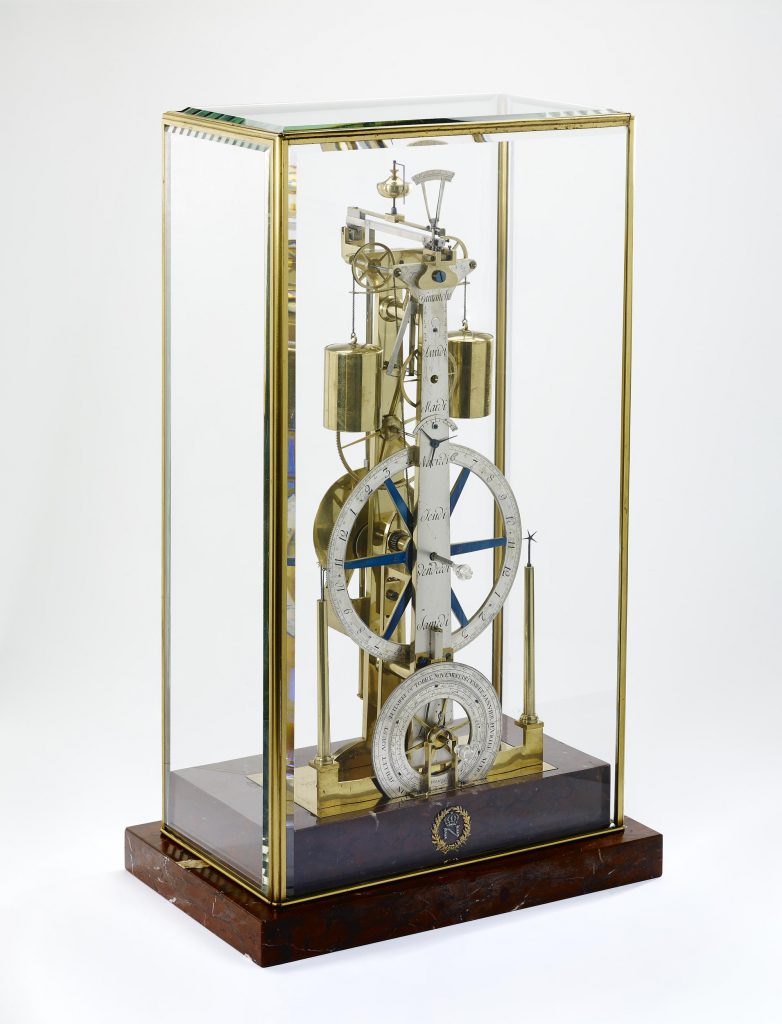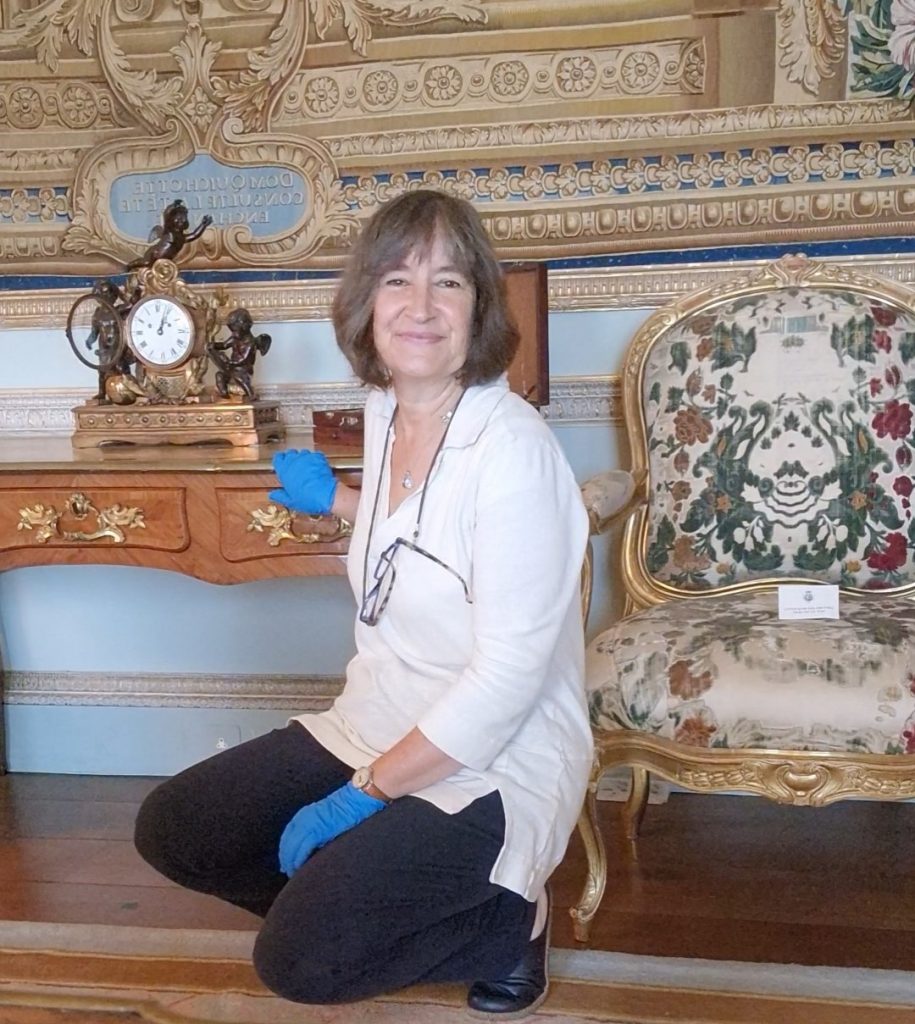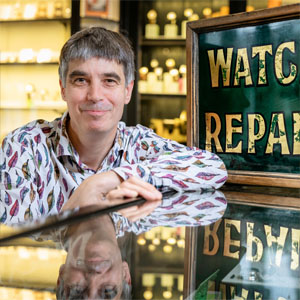4th April 2024
The Antikythera Mechanism and a Modern Reproduction
Stephen Phillips, B Eng, C Eng, MIET
“I am a chartered engineer with a degree in mechanical engineering from Sheffield University, I did a thick sandwich degree course funded by the Ministry of Defence, working at RAE Farnborough, NGTE Pyestock, Rolls Royce and then the Royal Ordinance Factory, Leeds, working on the Shir 2 tank which subsequently became Challenger. I then did a Fellowship in Manufacturing Management, post graduate course at Cranfield, and moved into electronics, initially at Systime Computers in Leeds, then Schlumberger Test Equipment in Dorset, and final at Lucas in Cirencester, fully retiring in 2018, from what had then become part of ZF.
I have always made things in my workshop at home, and in 2015 embarked on making my first orrery which led on to the Antikythera Mechanism, several more orreries and clocks, the most recent of which are stepper motor driven with Raspberry Pi or Arduino micros to drive them. I am not an expert on Astronomy but will try to describe the solar and planetary motions related to the Antikythera mechanism before going on to examine the original mechanism and my later reproduction in more detail.
The Antikythera Mechanism was on board a ship laden with fine bronze and marble sculpture and glassware, which sank within a few years after 70 BC off the island of Antikythera, between Crete and the Greek mainland. The shipwreck site was discovered by Symiote sponge divers in 1900, and salvaged by them, under Greek government supervision, in 1900-1901. In 1902 fragments of the Mechanism were noticed among unsorted bronze pieces from the wreck at the National Archaeological Museum in Athens. Since then, a number of scientific investigations have been carried out on the mechanism to try to understand it purpose and functionality. One of the most recent of these was reported in ISAW Papers 4 (February 2012) “The Cosmos in the Antikythera Mechanism” by Tony Freeth and Alexander Jones. This work proposed an overall arrangement and functionality for the mechanism based on deduction from the surviving parts of the mechanism. The BBC made a good documentary on this charting the investigations and some of the models made (https://www.youtube.com/watch?v=3T1n7RjCMfQ)
Doors open at 19:30, Starting 20.00 hours.
The meeting will be held at The White Hart Barn in Godstone.
THE WHITE HART BARN (Godstone Village Hall)
GODSTONE
SURREY RH9 8DU
7.30pm for 8.00pm Start

